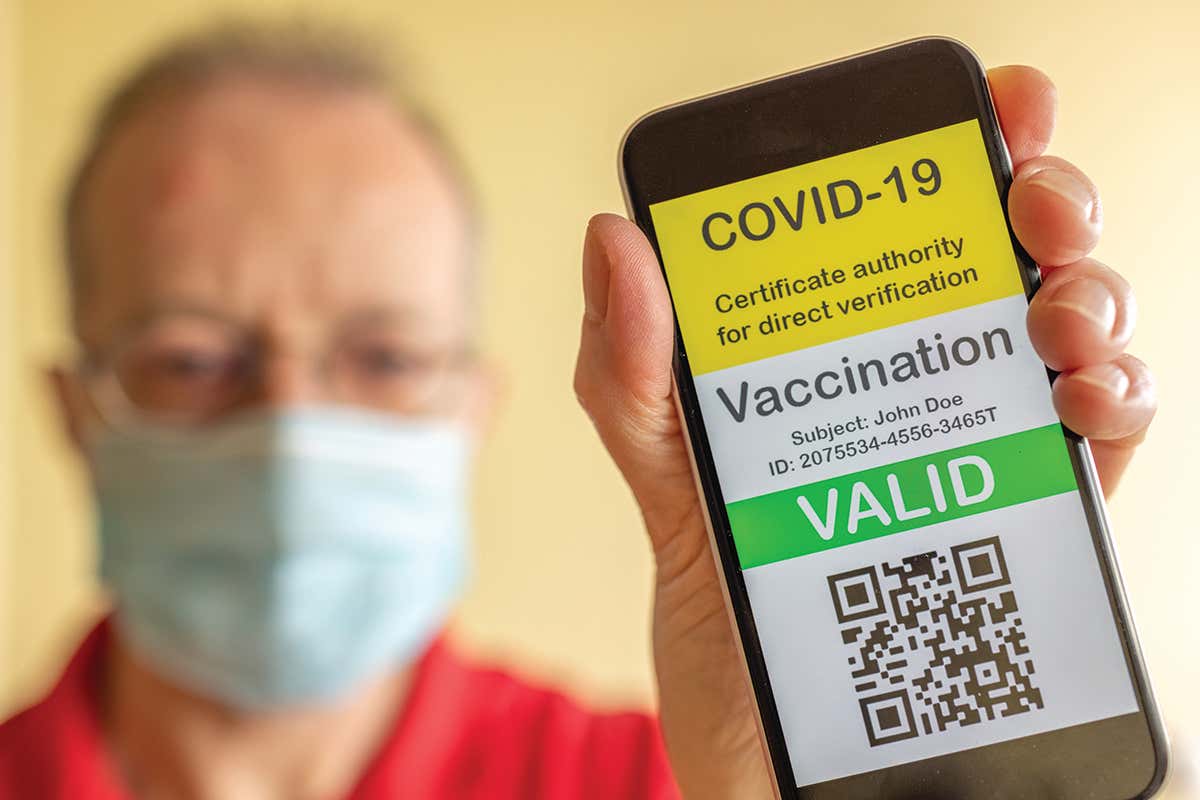
THE question of how best to use technology to meet the everyday needs of citizens is on the agenda, especially in the US, where President Joe Biden wants to “listen to science”. So far, he has embedded data experts and technologists in all his teams.
But there is a mountain to climb. “There is no solving the world’s hardest problems without governments and institutions that really work for people,” warn Tara Dawson McGuinness and Hana Schank in Power to the Public. Leaders have no prerogative to fail, the authors say.
This is a high bar: governments can and do fail their citizens. But the tricky question “why” hovers over the book. McGuinness and Schank have good credentials, though: both work for Washington DC-based think tank New America, and McGuinness was on the Biden transition team.
Written during the coronavirus pandemic, the book catalogues both recent and historical failures and successes in public policy. For example, many governments failed to offer key services in the pandemic, from reliable test-and-trace systems and vaccination scheduling to financial support to businesses during lockdowns.
Looking further back, the authors cite awful examples where public systems were designed without listening to, well, anyone much. One such was exposed in 2011 when the UK abandoned its bid to create the world’s largest civilian computer system, linking National Health Service records in England. Nine years in the making and costing over £11 billion, it is seen as one of the most expensive fiascos in public sector history.
In the US, former President Barack Obama may have tweeted praise for the book, but his Affordable Care Act, which widened health insurance coverage, gets a bashing in it. In 2013, its website crashed 2 hours after launch. By the end of the day, only six people had managed to select a health insurance plan.
“Crisis Text Line knows the exact time people are most vulnerable and the emojis they use at their lowest point”
The authors also argue for a formula they think could improve things: “design informed by real human needs, the use of real-time data to guide problem solving, and a focus on delivery in order to continuously learn and improve”. These ideas come from the private sector. “If Starbucks can use data to better understand when their customers want a Frappuccino, think of the endless possibilities for governments and non-profits to use these… tools.”
While this is a naive analogy – after all, the wrong public policy can be measured in lives, not coffee – the authors are passionate about what they and others call public interest technology. Some of this harks back to the 1980s, when social theorists asked if tech would be better designed around people’s real needs, and used for civic not surveillance purposes. Fast forward, add big data, social media, artificial intelligence and real-time systems – and look at what public interest tech can do.
Here, the authors’ success stories are even more interesting. Take Crisis Text Line, a mental health organisation founded in 2013 to reach young people in crisis in the US using text messages. It offers a 24-hour service, putting texters in touch with trained counsellors. It now also operates in the UK, Canada and Ireland. In 2020, it supported about 844,000 texters.
While Crisis Text Line collects real-time data, the US’s largest collection of mental health data (run by the Centers for Disease Control and Prevention, and the National Institutes of Health) comes from mental health surveys, with results out a year later. Crisis Text Line, however, knows the exact time people are most vulnerable and what emojis teenagers use at their lowest point.
But before world leaders can use these new tools, they must address something omitted from the book: the millions with no access to the simplest tech, often in low-income countries, but sometimes not far from the White House.
More on these topics:
